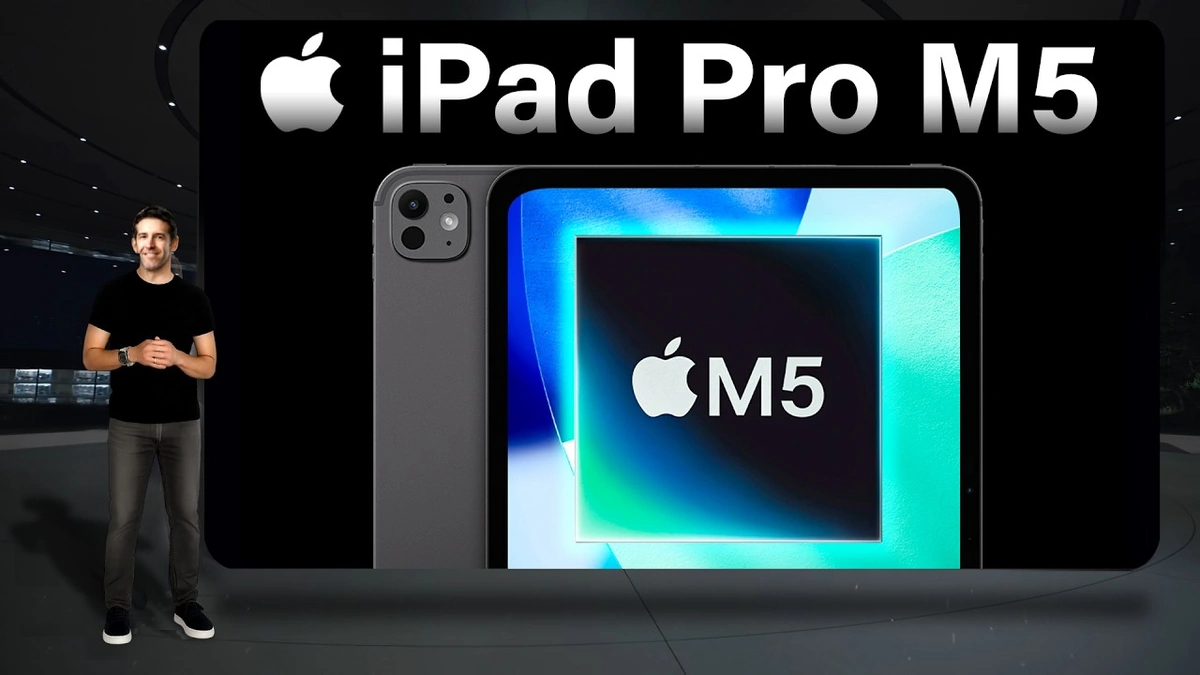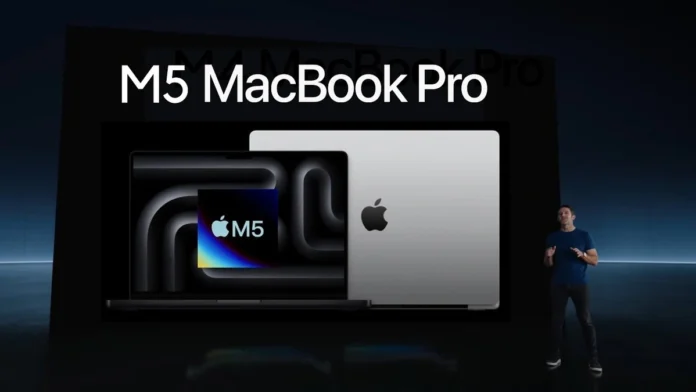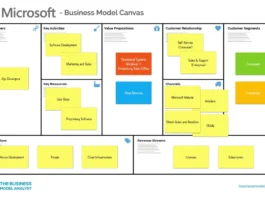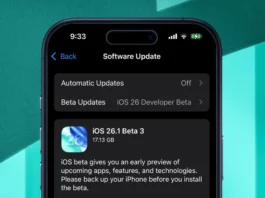This isn’t just another news flash about Apple; it’s about understanding the subtle shifts and power plays in the tech world. We all know Apple loves its big reveals – the carefully orchestrated events, the dramatic lighting, and the inevitable “one more thing…” But this week’s expected unveiling of the Apple M5 , powering new iPad Pros, MacBook Pros, and perhaps even a Vision Pro 2, feels different. It’s not just about faster chips. It’s about Apple’s silicon strategy maturing and solidifying its lead.
Why the Apple M5 Matters More Than You Think

Let’s be honest, most of us don’t spend our days dissecting transistor counts. But the Apple M series chips are a game-changer, especially for those of us who remember the clunky days of Intel-powered MacBooks. The move to in-house silicon wasn’t just about cutting costs (though that’s certainly a factor). It was about control – control over performance, power efficiency, and the entire user experience. And now, the Apple M5 promises to take that control to a whole new level. The implication of a new chipset also has something to do with the performance benchmarks .
What fascinates me is how Apple is leveraging its silicon to create more tightly integrated ecosystems. Think about it: every component, from the CPU to the GPU to the Neural Engine, is designed to work seamlessly together. This is how Apple achieves those impressive performance gains and power efficiency numbers. It also allows for better optimization of tasks and a more refined approach to machine learning acceleration .
But it’s not just about speed. It’s about the kinds of experiences that speed enables. Faster video editing, more responsive gaming, smoother AR/VR – the Apple M5 is essentially unlocking new creative possibilities. For example, Apple Vision Pro might see a significant performance boost that enables new use cases.
The iPad Pro, MacBook Pro, and Vision Pro 2 | A Glimpse into the Future
So, what can we expect from these new devices? The iPad Pro is likely to get another performance bump, making it an even more compelling option for creative professionals. The MacBook Pro will undoubtedly become even more power-efficient, extending battery life without sacrificing performance. The latest Apple Vision Pro 2 , though, is the real wildcard. Can the Apple M5 help address some of the first generation’s limitations, like battery life and processing power? That remains to be seen.
What I find particularly interesting is Apple’s strategy of using the same silicon across different product categories. This allows them to amortize development costs, optimize their software stack, and create a more consistent user experience across all their devices. It’s a brilliant move, and one that competitors are struggling to match. It’s all about integrated architecture and leveraging the power of a unified ecosystem.
The Analyst’s Take | Don’t Just Look at the Specs
Here’s the thing: focusing solely on the raw specifications of the Apple M5 misses the point. It’s not just about the number of cores or the clock speed. It’s about how Apple is using its silicon to create a more seamless, intuitive, and powerful computing experience. I initially thought this was straightforward, but then I realized that Apple is constantly evolving and that chipset advancements are always happening.
The real story here is Apple’s long-term vision. They’re not just building faster chips; they’re building a future where their devices are more intelligent, more connected, and more seamlessly integrated into our lives. And the Apple M5 is a critical step in that journey. It’s a testament to Apple’s commitment to innovation and a signal that they’re not slowing down anytime soon. Make sure to check the latest news about Apple products .
The Impact on Software Development
The rise of Apple silicon performance is also reshaping the software landscape. Developers now need to optimize their apps for the M-series chips to take full advantage of their capabilities. This has led to a surge in interest in technologies like Metal (Apple’s graphics API) and Core ML (Apple’s machine learning framework). It’s creating a new generation of software that is faster, more efficient, and more deeply integrated with Apple’s hardware.
Apple and the competition
Let’s be honest, Intel, AMD, and Qualcomm are not resting on their laurels. They’re constantly working on developing new chips and technologies that can challenge Apple’s dominance. However, Apple has a significant advantage in terms of vertical integration. They control both the hardware and the software, which allows them to optimize the entire system for performance and efficiency. It also leads to a better thermal efficiency .
FAQ
Frequently Asked Questions
What if I have an older MacBook Pro? Is it worth upgrading?
That depends on your needs. If you’re doing basic tasks like browsing the web and writing emails, probably not. But if you’re doing demanding tasks like video editing or graphic design, the Apple M5 will offer a significant performance boost.
Will the Apple M5 make my iPad Pro feel like a MacBook Pro?
Not exactly. The iPad Pro and MacBook Pro are still different devices with different use cases. But the Apple M5 will make the iPad Pro much more capable and versatile.
What about battery life? Will the Apple M5 improve it?
Yes, that’s one of the biggest benefits of the Apple M series chips . They’re much more power-efficient than Intel chips, which means you can expect longer battery life on your MacBook Pro and iPad Pro.
When will the new devices be available in India?
Apple usually releases new products in India a few weeks after they’re announced. Keep an eye on the Apple India website for more information.
Will the Apple M5 chips be compatible with older software?
Most modern software is already optimized for the Apple M series chips . If you’re using older software, you may need to update it to ensure compatibility.
Apple’s move to in-house silicon has been a long time coming, but it’s finally paying off. The Apple M5 is a testament to their vision and a signal that they’re just getting started. Buckle up, because the future of computing is about to get a whole lot more interesting.



